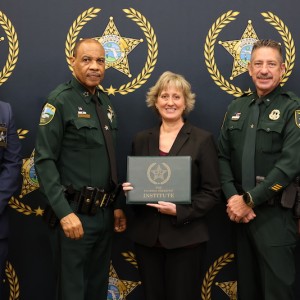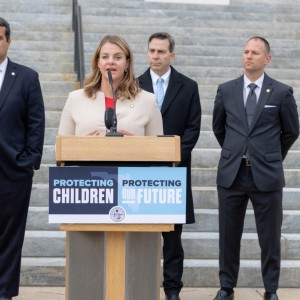Connecting the Homeless to Social Services
Todays News
SRQ DAILY FRESHLY SQUEEZED CONTENT EVERY MORNING
THURSDAY JUN 7, 2018 |
A focus on assistance has led to an increase in the number of chronically homeless individuals using social services to get off the street, but officials acknowledge the problem remains complex. “We’ve gone from somewhat of a disjointed approach to more of a regional approach,” Sarasota City Manager Tom Barwin says.
Sarasota city commissioners on Monday heard an update on the performance of Homeless Outreach Teams, or HOT teams, made up of police officers and case managers in the city. They have helped in moving more homeless individuals from camps and cars into shelters, which in turn leads to getting transients into a system with the end goal of permanent housing. Kevin Stiff, coordinator for homelessness response in the city, said the goal these days is to “educate, encourage, then enforce” in that order, meaning the goal should be to inform homeless individuals of available services before jailing them for vagrancy or other related crimes.
That can prove difficult. City Commissioner Shelli Freeland Eddie shared an anecdote of a homeless person near her office who she tried to connect with a HOT team, but the first thing that happened when the individual was introduced to police was that law enforcement turned up an outstanding warrant for public urination and took the person to jail. “That sends a message, and people will not accept help from well-intentioned law enforcement,” she said. “Now I don’t refer.”
Stiff acknowledged that police have an obligation to follow through on warrants, and many chronically homeless may have legal issues that must be dealt with before other services get rendered.
But Ed DeMarco, CEO for the Suncoast Coalition to End Homelessness, says there are other access points to the social services network, and that individuals in that circumstance could also be sent to the Salvation Army or another provider. From there, case workers may be able to provide legal service and help deal with outstanding problems like warrants in a way that’s less abrupt.
HOT teams did bring 486 clients to some 20 reserved “HOT beds” at the Salvation Army over the course of 2017, and about 30 percent of those individuals got placed into permanent housing, with another 9 percent reaching some other “positive outcome,” such as moving back in with family or friends.
In total, officials say street homelessness now is down about 18 percent, in the city and regionally. DeMarco says that may seem like a small improvement, but numbers have stayed relatively flat in the last four or five years, a period during which city and county officials have tried to tackle homelessness in a conscious way.
« View The Thursday Jun 7, 2018 SRQ Daily Edition
« Back To SRQ Daily Archive











